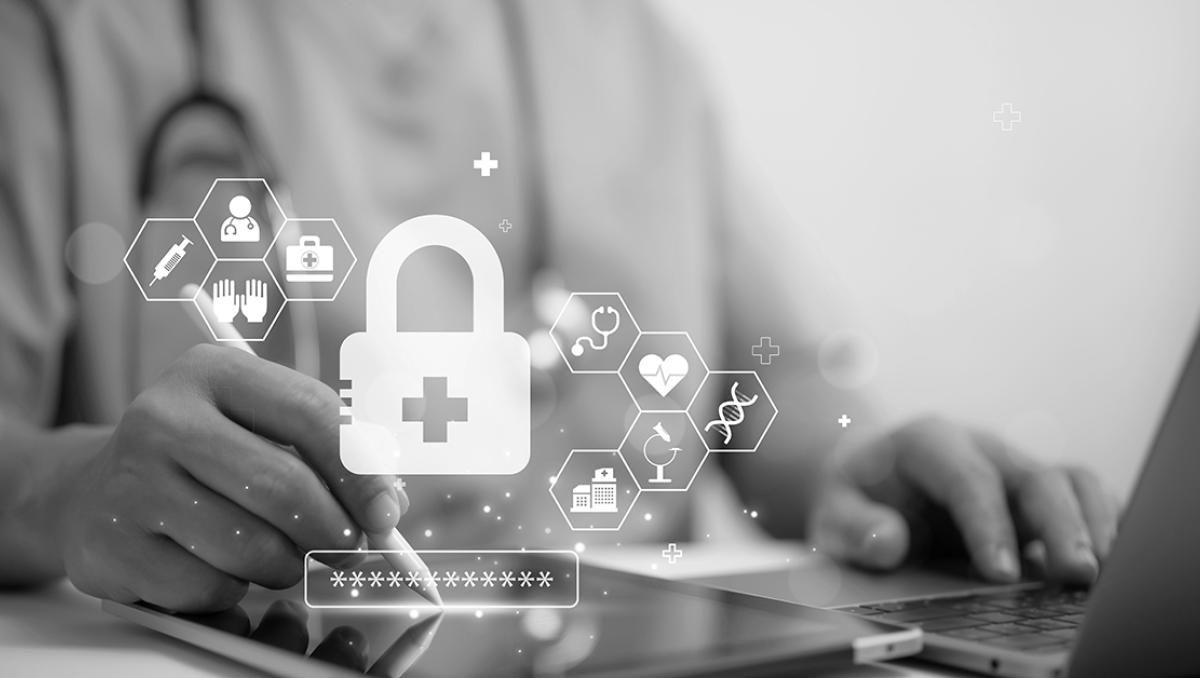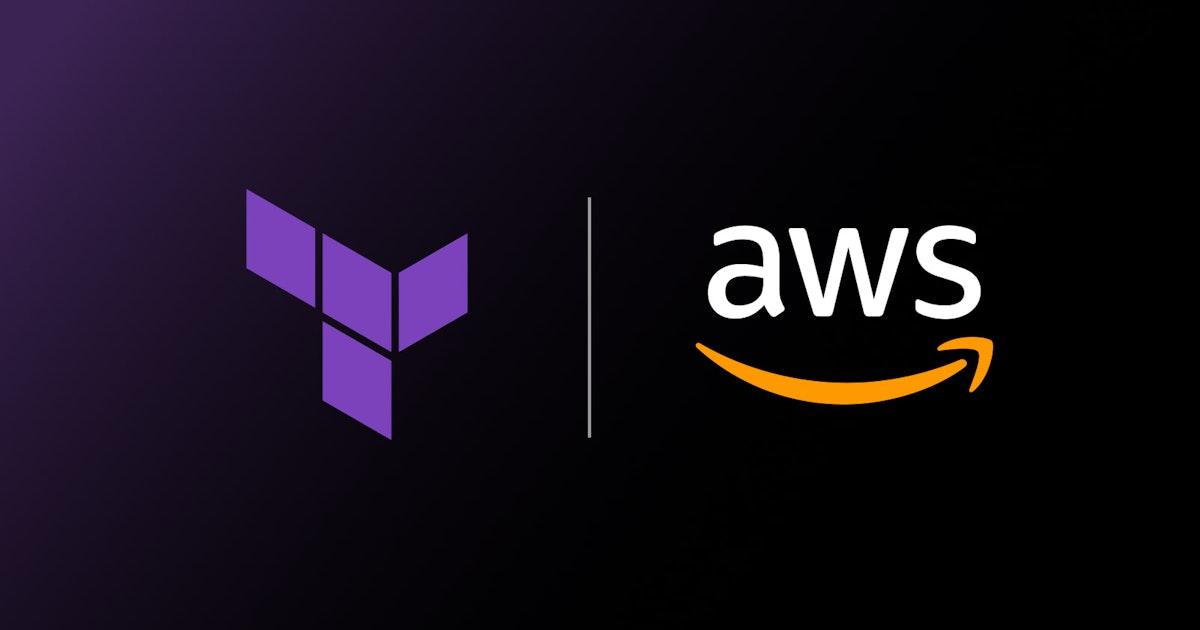Analysis Report
News Summary
The article focuses on the launch of ADHICS v2.0, a cybersecurity framework targeted at enhancing healthcare cybersecurity within the UAE. This update aims to bolster data protection measures, integrate AI and machine learning technologies, and streamline compliance procedures for healthcare providers. The initiative is a response to increasing cyber threats targeting sensitive healthcare data.
6-Month Context Analysis
Over the past six months, the healthcare industry globally has witnessed a surge in cyberattacks, particularly ransomware, emphasising vulnerabilities in handling patient data. Other nations have similarly ramped up their cybersecurity frameworks, with a notable increase in government-backed initiatives aimed at tightening security protocols. This update to the UAE's cybersecurity measures reflects a wider pattern of digital fortification within the healthcare sector, aligning with global trends towards comprehensive security strategies.
Future Trend Analysis
Emerging Trends
The introduction of ADHICS v2.0 highlights a growing trend towards integrating advanced technologies like AI for proactive threat detection and response in cybersecurity frameworks. This trend is anticipated to continue as healthcare organisations prioritise data protection amidst evolving threats.
12-Month Outlook
In the next 6-12 months, we expect a more widespread adoption of ADHICS v2.0 among UAE healthcare providers. There will likely be an increased focus on training and awareness programmes to ensure compliance with the new standards. Additionally, there could be further technological innovations in cybersecurity aimed at enhancing AI capabilities and interoperability between systems.
Key Indicators to Monitor
- Adoption rates of ADHICS v2.0 within healthcare institutions in the UAE
- Number and impact of healthcare-related cyber incidents reported in the UAE
- Integration of AI-driven cybersecurity solutions across the healthcare sector
- Government policies and additional frameworks related to data privacy and security
Scenario Analysis
Best Case Scenario
The best-case scenario involves comprehensive adoption and implementation of ADHICS v2.0 across all healthcare entities, leading to a significant reduction in cyber incidents. This could also set a benchmark for other nations, encouraging a global shift towards more stringent healthcare cybersecurity standards.
Most Likely Scenario
Most healthcare providers will adopt the new framework, with gradual integration of AI solutions to prevent and mitigate cyber threats. We expect a steady improvement in handling sensitive data, though some smaller organisations might face challenges due to resource constraints.
Worst Case Scenario
If adoption is slow or ineffective, the healthcare sector could remain vulnerable to cyberattacks, potentially leading to significant data breaches and financial losses. Resistance to AI integration and lack of skilled personnel could further exacerbate these challenges.
Strategic Implications
For healthcare leaders, it is imperative to align with the latest cybersecurity frameworks and invest in staff training on new technologies and protocols. Government bodies should ensure adequate support and resources for smaller institutions to comply with updated standards. IT providers and tech innovators have an opportunity to develop AI-driven solutions tailored for enhancing healthcare cybersecurity.
Key Takeaways
- Ensure alignment with ADHICS v2.0 to enhance cybersecurity measures.
- Invest in AI and machine learning tools for proactive threat management.
- Conduct regular staff training to maintain compliance with new standards.
- Monitor government policies for updates on data protection requirements.
- Support initiatives targeting cybersecurity enhancement in smaller healthcare organisations.
Source: Tripwire














Discussion